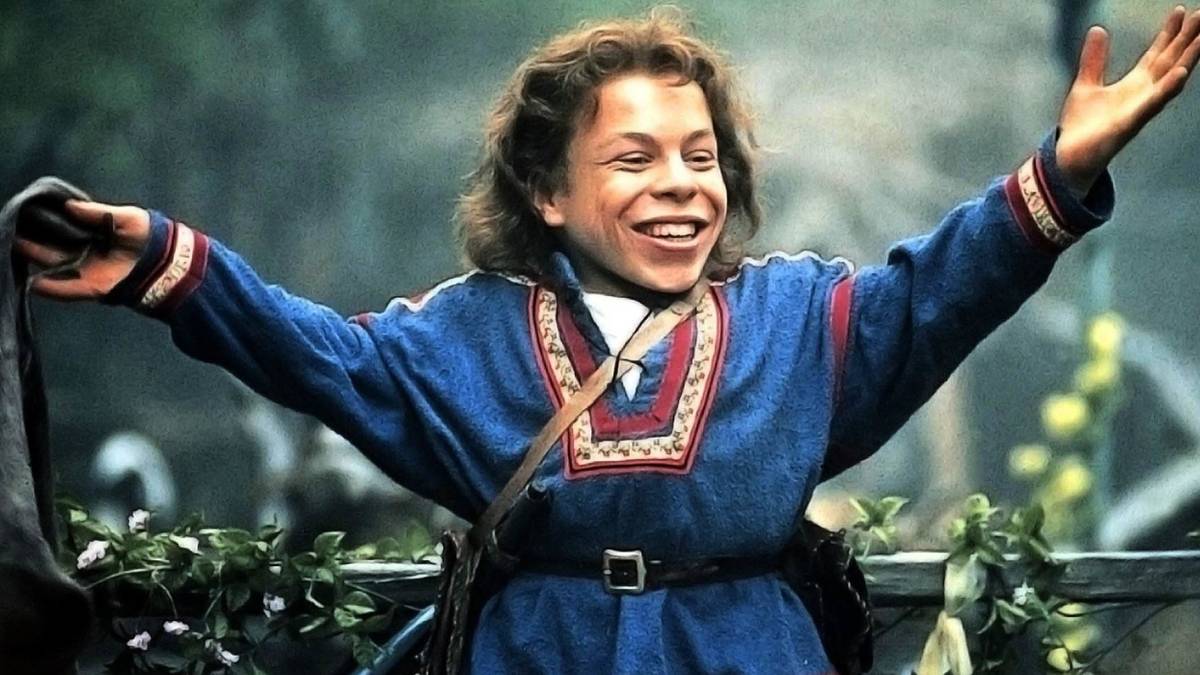When audiences think of George Lucas and Ron Howard, they typically think of blockbuster movies like Star Wars and Cocoon. However, many fans forget that these masterminds worked together on the ’80s fantasy hit, Willow. Despite using a collection of pioneering special effects, Willow struggled to make a mark on audiences and critics who felt that the story lacked essential pacing.
However, there is a large portion of fans who believe that Willow deserves a lot more respect in the ever-competitive fantasy genre. Not only did this film finally see the formidable Warwick Davis in a leading role, but it showcased a wonderful blend of magic and creativity. So, after all these years, audiences are starting to think that critics were wrong about this expansive epic.
At the Time, Willow Was a Huge Risk for George Lucas
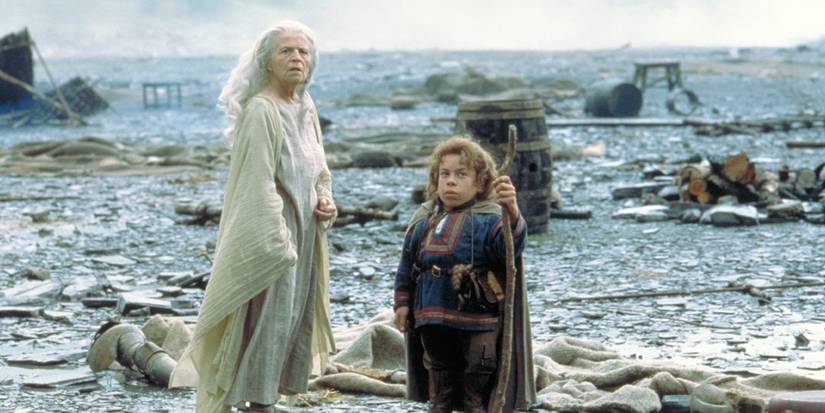
Image via MGM
Willow introduces us to the titular character, a humble farmer who also has a knack for magic. While preparing for a festival, Willow discovers a baby called Elora Daban has been left to fend for herself. The protagonist later realizes that the evil queen is out to capture the baby, as she is prophesied to overtake her as ruler. As such, it’s up to Willow and keen swordsman, Madmartigan, to save the young princess and ensure that she can live out her birthright. Just from this brief description alone, it’s clear to see that Willow is a slick dark fantasy epic, blending Medieval motifs with lengthy quests. Plus, with George Lucas penning the story and Ron Howard as director, fans would assume that studios would be jumping at the chance to bring this story to life.
In reality, a lot of studios weren’t convinced that George Lucas could tackle the fantasy genre and still come out successful. Lucas first formed the idea for this film in 1972 and asked Warwick Davis to play the lead while he was on the set of Return of the Jedi in 1982. By the mid-1980s, Ron Howard had left the world of acting behind and was keen to collaborate with Lucas in the fantasy niche. But after collaborating for years and creating seven draft scripts, a series of major film studios were too scared to touch it. Admittedly, this wasn’t to do with Lucas but more because the ’80s had already produced a string of failed fantasy movies. While films like Legend, Labryinth, and Dragonslayer are now viewed with a sense of fondness and nostalgia, they were originally seen as very expensive flops. To make things worse, MGM was experiencing a bit of a financial slump and didn’t want to experiment with any more risks. So, even though Howard and Lucas had some of the strongest connections in the movie business, they couldn’t convince anyone that Willow was worth financing.
In the end, Alan Ladd Jr. came to the rescue. Lucas first worked with Ladd in the 70s when he was working for 20th Century Fox, the studio that greenlit Star Wars. Ladd agreed to finance half of the film’s budget in exchange for Willow’s theatrical and television rights. The remaining home video and TV rights went to Columbia Pictures for $15 million. Even for those who don’t appreciate Willow, it still seems strange to think that the majority of studios turned this film down. While its predecessors tended to focus more on pioneering special effects rather than the actual plot, Willow had been in development for years. Not to mention, the film already had its leading man as well as its director, suggesting that all the movie needed was an injection of cash. Unfortunately, this first hurdle was a sign that Willow was going to fall into the same trap as its predecessors.
Even Now, the Special Effects Still Hold Up
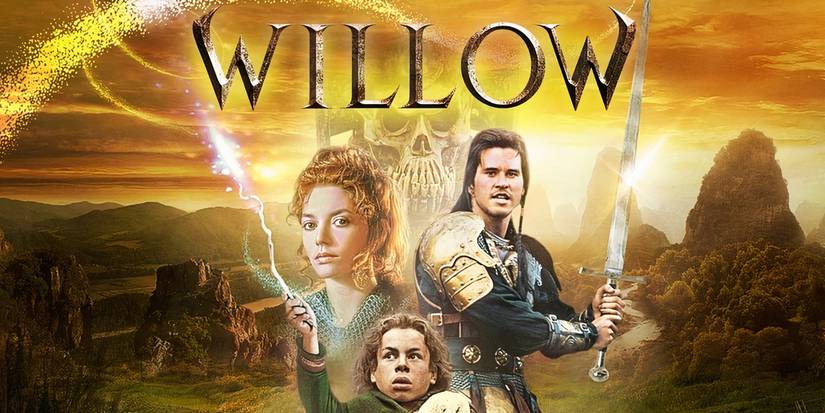
Willow (1988) Poster with four characters wielding fantastical weapons standing in front of a scenic background.
Image via Lucasfilm
While fans must understand the background surrounding Willow and the obstacles it faced, it’s perhaps even more important to discuss its strong points. Even with its slightly mismatched plot and unengaging pace, this film managed to wow audiences with its state-of-the-art special effects. Unsurprisingly, these techniques were carried out by Industrial Light and Magic (ILM), which helped to pioneer a skill called morphing technology. Partway through the film, Willow restores Fin Raziel from a goat into a human. However, before she returns to her final form, Willow repeatedly messes up the spell, causing her to transform into an ostrich, peacock, tortoise, and even a tiger. At first, ILM supervisor Dennis Muren considered using techniques that were already available for animators during the late ’80s. So, the team was originally going to use an optical dissolve, which allows filmmakers to reuse multiple strips of film, giving the impression that multiple individual elements are combined for one single scene. Paired with a standard cutaway, ILM would have been able to change Fin’s appearance without giving too movie magic away.
However, in typical ILM fashion, the team decided to experiment with a fairly new type of technology. After failing to get the desired result from conventional stop-motion and optical effects, Muren began filming each animal individually and then filmed Patrica Hayes’ body double. This footage was then fed into a program that created a smooth transition from one animal to another, and then placed these results back onto film. While it may not sound like much these days, this trick was considered a major breakthrough in CGI and would be later used in blockbuster hits like Indiana Jones and the Last Crusade, Terminator 2: Judgment Day, and Star Trek VI: The Undiscovered Country.
Willow Holds a Lot of Stature in the Fantasy Genre
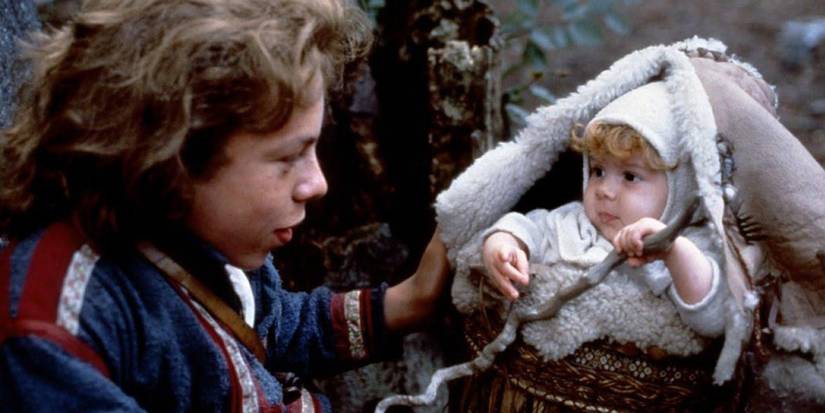
Willow looks at a baby in a basket in Willow
Image via MGM
Unfortunately, even with a star-studded cast and mind-blowing visual effects, Willow was met with measly reviews. Although the film made an impressive $137.6 million against its $35 million budget, critics couldn’t help but notice how slow the film felt. Because of the film’s premise, audiences are forced to follow the protagonist along a lengthy quest that feels very similar to other fantasy epics. In this sense, Willow often feels like a pastiche of contemporary films rather than establishing itself as a keen contender at the box office. But it wasn’t all doom and gloom. The vast majority of the audience was quick to praise Warwick Davis’ electric performance, which was pretty impressive considering he was just 17 at the time of filming.
Like a lot of movies from this era, Willow later became a cult classic. Fans began to appreciate its detailed story and saw the slow pace as a chance to better immerse themselves in the elusive fictional world. Not to mention, Willow was a fantastic achievement for little people. In 1986, renowned casting director Jeremy Zimmerman recruited 225 little people to play the Nelwyn people. Although a large portion of these participants were from the US and the UK, individuals from around the world joined the project. So, even though a lot of these people didn’t speak the same language, they were finally united in the thing that made them so unique. Arguably, Willow also allowed little people to portray actual characters rather than weak caricatures. The Nelwyns may be from a fantastical land, but they are still realistic people with their own sense of politics and social awareness. As such, this film didn’t just place Warwick Davis in the spotlight; it also pioneered positive representation for all different types of little people.
Of course, it would be wrong to discuss the success of Willow without mentioning the 2022 TV series. Set 20 years after the original film, the series follows a ragtag group of heroes as they prepare to fight against an evil force called The Gales, who threaten their home. As far as reboots go, Willow was a pretty impressive effort. Davis did a fantastic job of reprising the character, even after so many years, and the series offered humorous references to the film without isolating new audiences. But, once again, Willow was hit with an unfortunate blow. Although a second season was promised, Disney swiftly canceled Willow and later removed the series from its streaming platform, Disney+. While some claim this cancellation was due to low viewership, others believe that the show fell victim to cost-cutting measures. Overall, it seems like Willow has struggled to find its audience. When it was first released in 1988, audiences were expecting a lot more drama, especially from a man like George Lucas. With regard to the series, it seems like audiences were disappointed with the casting choices as well as tonal issues. As such, even though Willow has struggled to find its footing in the fantasy genre, movie buffs still appreciate its influence on wider parts of the film industry.
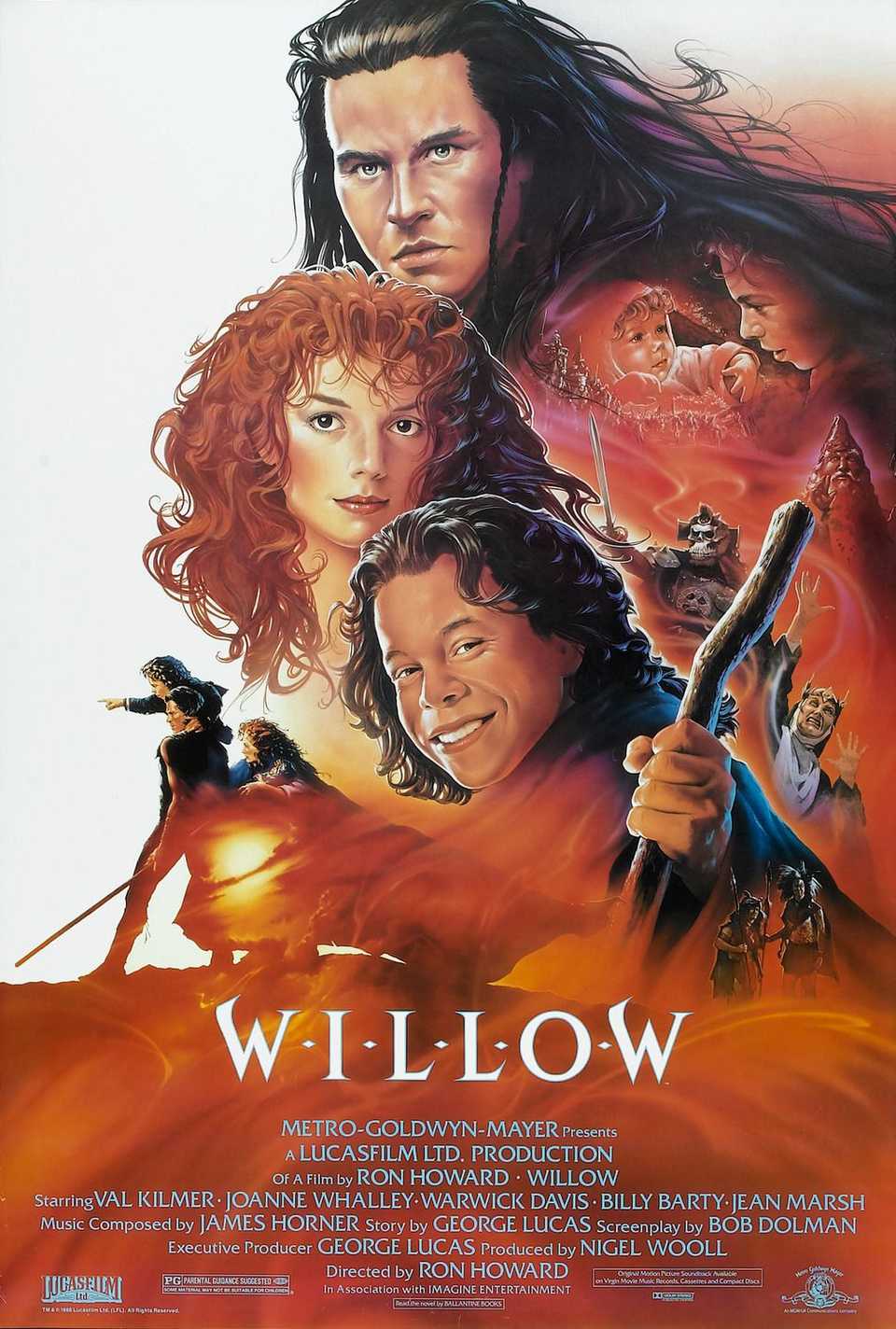
Release Date
May 20, 1988
Runtime
126 minutes
Director
Ron Howard
Writers
Bob Dolman



